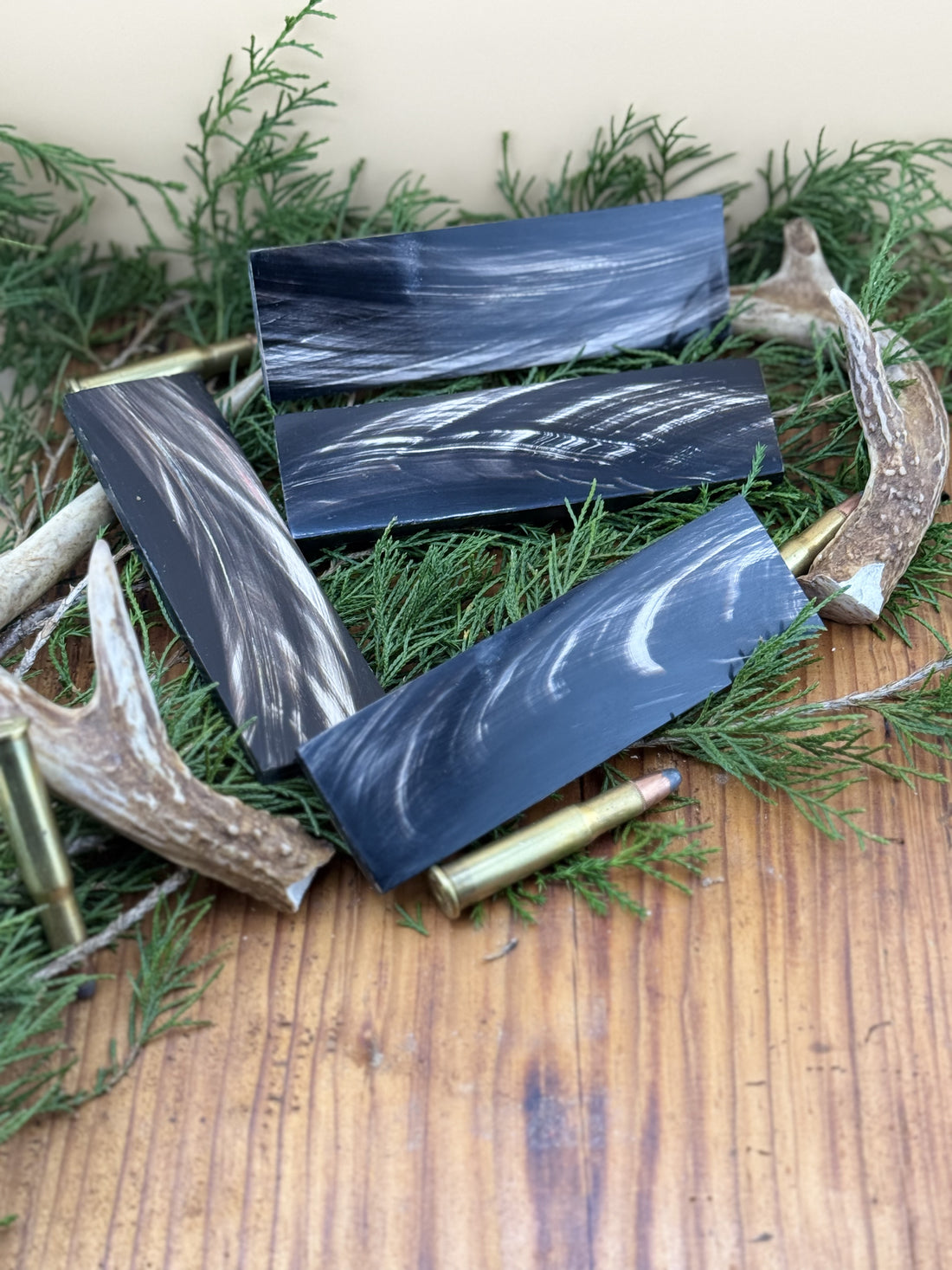The understated power of a well-crafted knife is undeniable. For centuries, precision knives have been essential tools, serving everyone from professional chefs to outdoor enthusiasts. In the world of knife craftsmanship, the importance of material selection cannot be overstated. Did you know that chefs spend nearly 45 minutes each week sharpening dull knives? This simple statistic underscores the importance of quality materials and expert craftsmanship.
Creating the perfect knife involves a marriage of art and science. The two primary methods of knife-making are forging and stock removal. Forging, often seen as the more traditional approach, involves heating and pounding steel into the desired shape. This method can enhance the strength and resilience of a blade. Stock removal, on the other hand, involves cutting or grinding away excess material from a steel blank, allowing for more precision and consistency in the final product. Regardless of the method, the choice of steel is crucial. High carbon steels like 1095 and tool steels like D2 are favored for their balance of hardness and toughness, while stainless steels such as 440C are renowned for their corrosion resistance.
A quality knife is not defined solely by its blade. The handle's ergonomics, the tool's balance, and the retention of its sharp edge are equally important. The feel of a knife in the hand can significantly influence its usability and safety. Knives used in the kitchen for precision cutting must be both lightweight and balanced, allowing for extended use without fatigue. Bushcraft knives need to withstand the rigors of survival tasks, like shelter building and fire making. Hunting knives are designed specifically for field dressing and skinning game, while tactical knives serve first responders and military personnel with features like serrated edges for cutting through tough materials.
To ensure safety and longevity, proper knife maintenance is essential. This involves regular cleaning, sharpening using whetstones or honing rods, and appropriate storage, such as blade guards or magnetic racks. A well-maintained knife not only performs better but also lasts longer, providing better value over time. Yet, many neglect this crucial aspect, leading to degraded performance and potential hazards.
When selecting a knife, avoid common mistakes such as prioritizing aesthetics over function. Instead, focus on the knife's material quality, ergonomics, and intended use. Seek out reputable brands known for their craftsmanship or consider investing in custom-made knives for a truly personalized experience. Many high-quality options are available, whether you seek a versatile outdoor knife or a specialized tool for professional use.
Whether you’re a seasoned chef, an outdoor survival enthusiast, or someone who relies on tactical gear in high-stakes environments, the right knife makes all the difference. Our curated collection of knives is designed to meet the diverse needs of professionals and hobbyists alike. Explore our offerings today and find the perfect blade to enhance your toolkit. Don't let dull edges slow you down – choose precision, choose excellence, and transform your cutting experience. Experience our exclusive knife range now and make every cut count.

